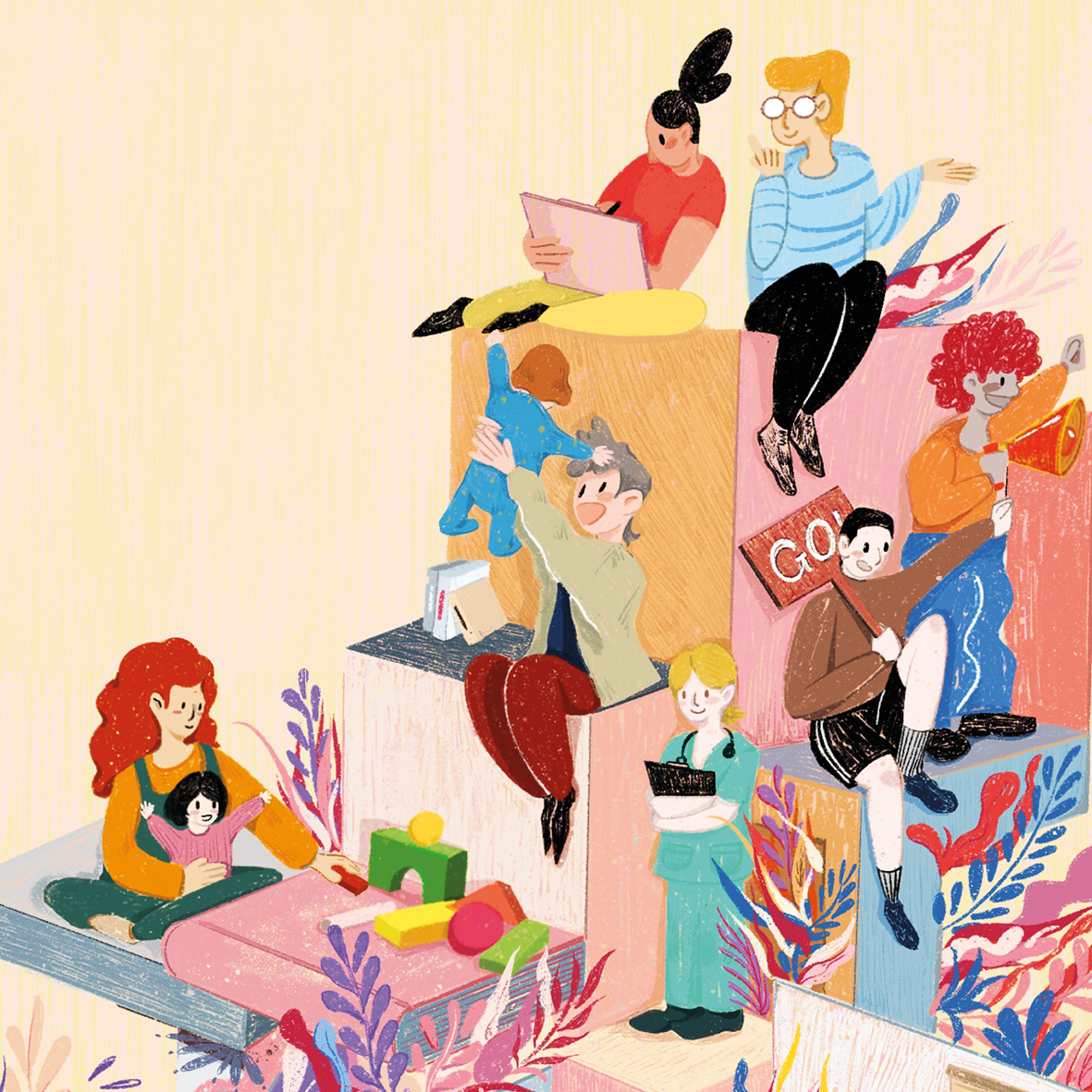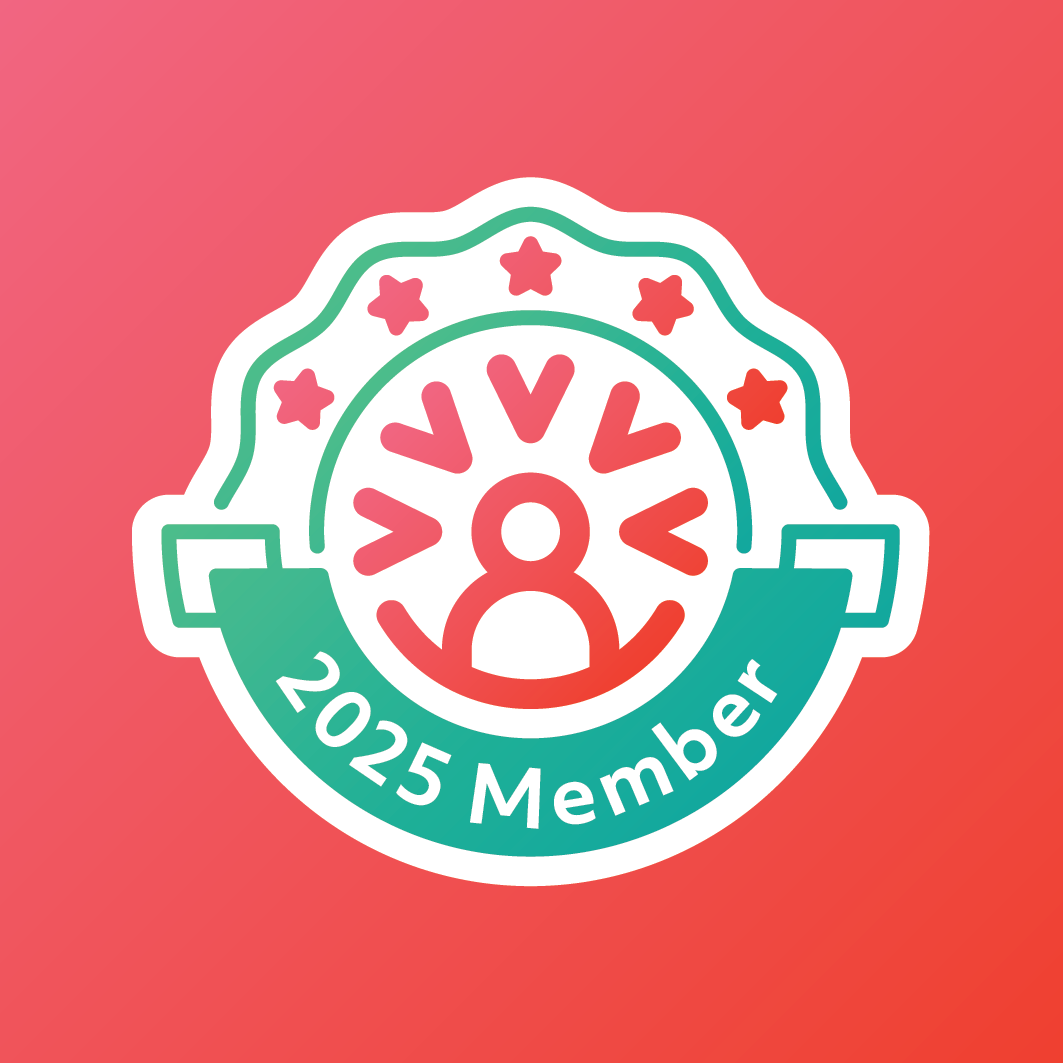The aim is the same: people are at the heart of our communications strategy
12 Sep 2023
As Children in Scotland celebrates 30 years of progress and change across the children’s sector, Lynn Gilmour reflects on what three decades of digital innovation have meant for the organisation’s communications team
I reflect regularly on this LinkedIn article from 2018 (click here to access), which stated that ‘85% of jobs that will exist in 2030 haven't been invented yet’.
It’s quite a startling statistic and comes with the inherent suggestion that as new roles are created so existing ones will cease to be needed, swept away by a tide of cost savings, efficiency and automation.
But when I consider my own career path, which started in print journalism some two decades ago, and has seen me arrive in a digital communications-focused role, I realise that I, along with so many others working across the sector, have adapted, developed and am now thriving (I hope my colleagues would agree!) in a role which definitely didn’t exist 20 years ago.
Two semesters studying radio journalism gave me the skills to now produce podcasts; editing copy on physical sheets of paper using painstakingly memorised proofreading marks has segued into tracking text changes in Word. The ways in which we work might be different but, so far at least, the skills and the people required to bring the roles to life remain the same.
Children in Scotland has also developed and innovated during the past thirty years and, although the aims of the communications team remain the same; to inform the sector and strengthen the workforce by sharing information and resources, encouraging debate and promoting our work, the way we share information has changed.
We no longer photocopy weekly newsletters and put them in the post to our network (which, as the person who regularly dealt with paper jammed in the copier and ink cartridges that ran out too fast, I’m not too upset about), but compile them using online platforms and email them to bespoke lists of engaged subscribers. We have a website that is updated daily and acts as a hub for all our information and resources, allowing people to take a personal journey to access the information that’s most relevant to them. We maintain multiple social media platforms, navigating algorithms and scheduling posts to make sure that wherever there are people scrolling we will also be there!
The digital world we all find ourselves in may be dizzying at times, but in communications it’s also allowed us to diversify our output – we can experiment with content, working with character-limited posts on X or detailed blogs on particular subjects; we can use audio and video along with written content; we have a designer who works to bring our brand to life through imagery and animations. We retain traditional elements from the print journalism heyday, like Insight our new member magazine, with its classic yet modern design and long-form, essay-style features, while simultaneously utilising short and to the point content types, like 30-second Reels.
Change can be overwhelming, but also exciting.
One area that I’ve been excited to work in, and learn about, over the past five years is digital accessibility.
By definition ‘Accessibility is breaking down or removing barriers when providing information in written and verbal form’
The fundamentals of our approach to accessibility are fairly simple – can everybody, or as many people as possible, access our information equally and in a way that works for them?
When talking about accessibility, there is a tendency to think of it as solely relating to people with disabilities, but it’s so much broader in scope.
Everybody benefits from content that can be personalised, whether that means being able to increase the font or font size, listen to content, adjust the colour contrast on a web page, or have content translated into another language.
Practically, this means that with all of our work, we have a focus on accessibility, which includes: providing captions and transcripts for video content and webinars; using alt text for images; avoiding over-use of jargon and acronyms in policy documents and using clear language which can be easily read and understood by all.
We ensure that all our content takes into consideration elements including font choice, font size, text alignment and colour contrast, so that everybody can access and engage with our work.
As well as agreeing minimum standards for digital accessibility across the organisation, which we did in 2021, we have trained staff in accessible communications, so they are confident in understanding why we do it and how to do it.
We also added the ReciteMe accessibility toolbar to our website, offering a screen reader and functionality to allow users to personalise how they read and view the website, and translation of the content.
As Children in Scotland currently celebrates the past 30 years and looks ahead to aspirations for the next thirty, including embedded child rights, an end to poverty, and a supported and sustainable children’s sector workforce, to name but three, the communications team must be ready to embrace the next set of innovations and change in order to continue doing our job effectively.
Yet, although AI is a strong contender for changing the landscape quite significantly, we are clear that people, connection and an empowered network must remain at the heart of what we do – as a team, and an organisation.
Lynn Gilmour is Senior Communications Officer - Digital Lead at Children in Scotland

About the author
Lynn Gilmour is Senior Communications Officer - Digital Lead at Children in Scotland
Click here to meet the staff
Ensuring equal access online
Blog: how Children in Scotland is working to ensure equal access to all of its resources
Click here for more
Latest news, blogs and media releases
Announcements, launches and opinions from Children in Scotland and our network
Click here to access
Insight
Our twice-yearly members' publication features interviews, opinion and celebrations of the sector's changemakers
Click here for more
The Children in Scotland Podcast
Explore our episodes that discuss innovative projects and hear from trailblazers in the children's sector
Click here to access
Our membership offer
Be part of the largest national children's sector membership organisation in Scotland
Click here for more